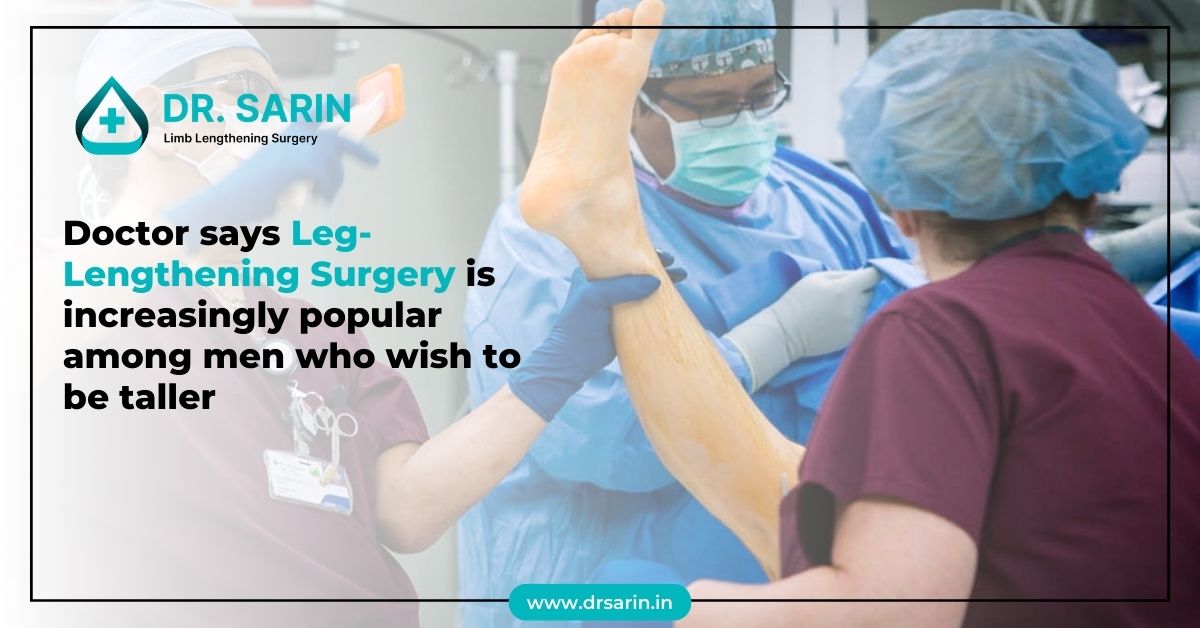Leg-lengthening surgery, once primarily associated with medical necessity, is now gaining popularity among men who desire to increase their height for cosmetic reasons. This trend reflects evolving societal attitudes towards body image and masculinity. In recent years, there has been a noticeable surge in men opting for leg-lengthening surgery to achieve a taller stature. Driven by societal pressures and personal insecurities, many perceive increased height as a pathway to enhanced confidence, social acceptance, and romantic opportunities.
Traditionally, leg-lengthening surgery, also known as limb lengthening or distraction osteogenesis, was performed to correct limb length discrepancies resulting from congenital conditions, injuries, or medical ailments such as dwarfism. However, advancements in surgical techniques have expanded the application of this procedure to individuals seeking cosmetic enhancements. The surgical process typically involves making controlled leg bone fractures and then gradually stretching the bone segments using external fixators or internal implants. Over several months, new bone tissue fills in the gaps created by the stretching, resulting in increased bone length.
While surgery can offer physical transformation and improve self-esteem for some individuals, it is not without risks and challenges. The procedure is invasive and requires significant commitment from patients, including prolonged recovery periods and intensive rehabilitation. Moreover, the psychological impact of undergoing elective surgery to alter one’s appearance should be considered. Body dysmorphia and unrealistic expectations may contribute to dissatisfaction with the outcomes of leg-lengthening surgery, highlighting the importance of thorough counselling and psychological support throughout the process.
Critics argue that the growing demand for limb surgery reflects societal pressures to conform to narrow standards of beauty and masculinity. Heightism, or discrimination based on height, persists in various social contexts, including the workplace and dating scene, perpetuating unrealistic ideals of attractiveness and success. Furthermore, the pursuit of physical perfection through surgical interventions may overshadow the importance of self-acceptance and embracing diversity in body shapes and sizes. Advocates for body positivity emphasize the value of cultivating confidence and self-worth beyond external appearances, challenging conventional norms and promoting inclusivity.
In conclusion, the increasing popularity of surgery among men underscores the complex interplay between societal expectations, personal desires, and the pursuit of physical transformation. While advancements in medical technology offer new possibilities for altering appearance, it is essential to examine cosmetic procedures’ underlying motivations and implications critically. Promoting body acceptance and challenging societal norms are integral steps towards fostering a more inclusive and compassionate society.




